You don’t have to be an opera lover to appreciate the beauty of Teatro La Fenice in Venice. Located in the San Marco district, the Fenice is a marvelous piece of living history, attracting thousands of visitors annually. Although its exterior feels more down-to-earth than other Venetian landmarks, the interior is breathtaking. In addition, the theater’s century-long history and the misfortunes that shaped it make La Fenice one of the must-see attractions of the floating city.
On a recent journey to Venice, I saved a few hours and visited La Fenice. As you can see in the photos, the celebrated opera house features mindblowing architectural elements, and visiting it will expose you to old European elegance. Therefore, in this article, I will share my impressions of the opera house, accompanied by various historical facts. Moreover, I’ll also share how you can visit La Fenice and why it will enhance your Venetian journey.
So, let’s begin with the facts about La Fenice and discover what makes this stunning opera house unique.
*Some links are affiliate links. It means that if you buy something, I might earn a small commission at no additional cost to you.
Teatro La Fenice facts
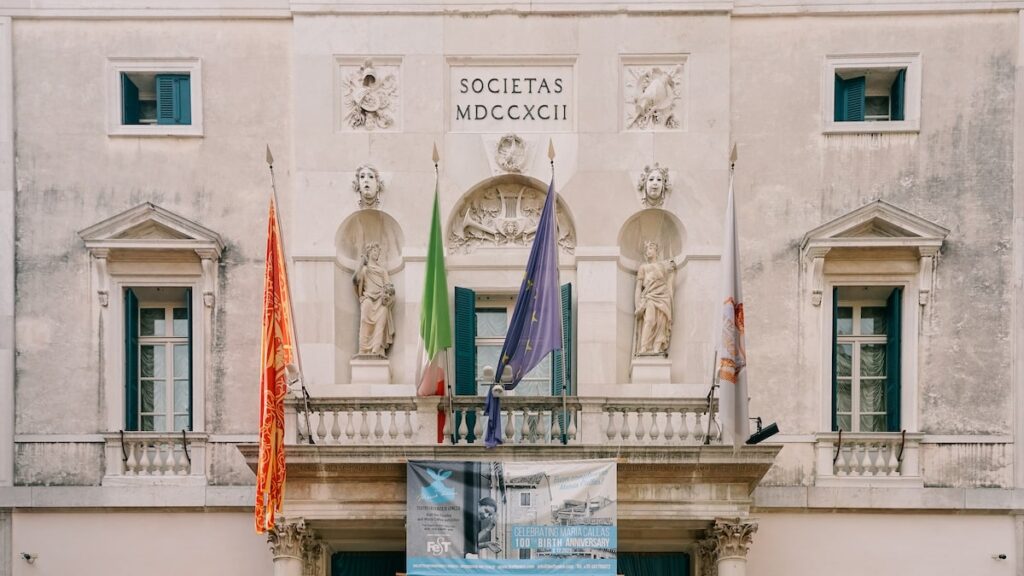
You’ll read various facts about the building in this section to better understand its importance. As you will see, La Fenice is more than an opera house in Venice: it’s an institution, and it’s forever tied to the city’s rich history. So, here’s what you need to know about it.
Another theater once stood at its place
The land plot where Fenice was erected once hosted the famous Teatro San Benedetto. Despite being smaller, it was an important landmark of Venice’s operatic life, and more than 140 operas premiered on its stage. However, following a fire and a lawsuit, the Venier family acquired the theater, and soon, a decision was made: a new and significantly bigger theater should take its place.
Somehow, the old theater underwent a process of rebirth, and that’s why they called it La Fenice. The name translates to “Phoenix,” the immortal bird regenerating from its ashes. The opera house opened to the public in 1792, but no one knew how often it would rise from its ashes in the future.
La Fenice has risen three times from its ashes
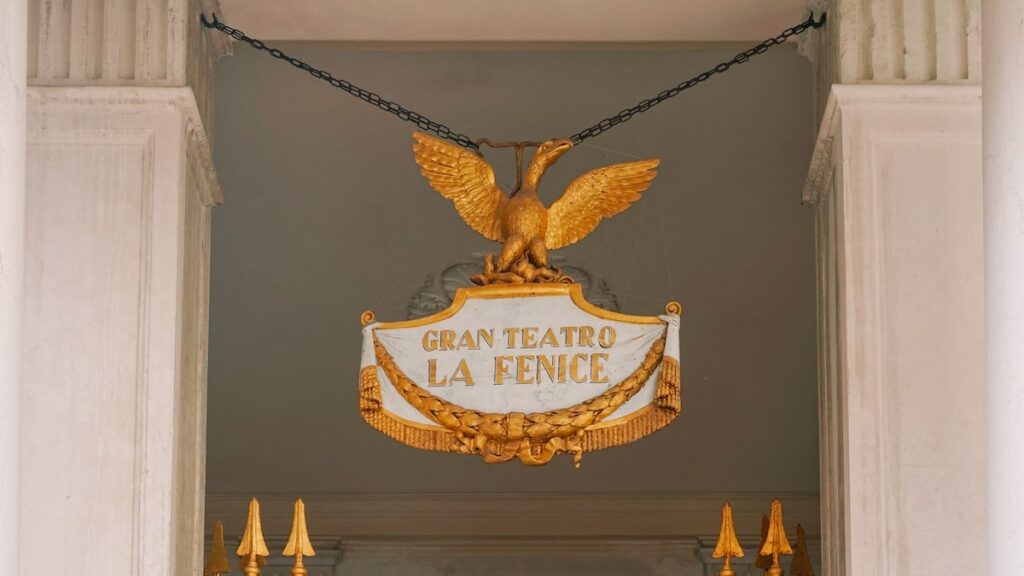
It seems that the theater’s fortune was forever marked by its name. La Fenice had to rise three times from its ashes due to fires. The first fire occurred in 1774, and the old San Benedetto reopened as La Fenice in 1792. In 1836, another fire destroyed the building, but the reconstruction was fast and reopened a year later.
As for the third fire, it happened more recently, in 1996, but caused severe damage. Only the exterior walls survived, but luckily, those walls were crucial to keeping the theater’s acoustics intact. Only the exterior survived, and it took eight years to repair the opera; La Fenice reopened its doors in late November 2004.
Its fame skyrocketed in the first half of the 19th century
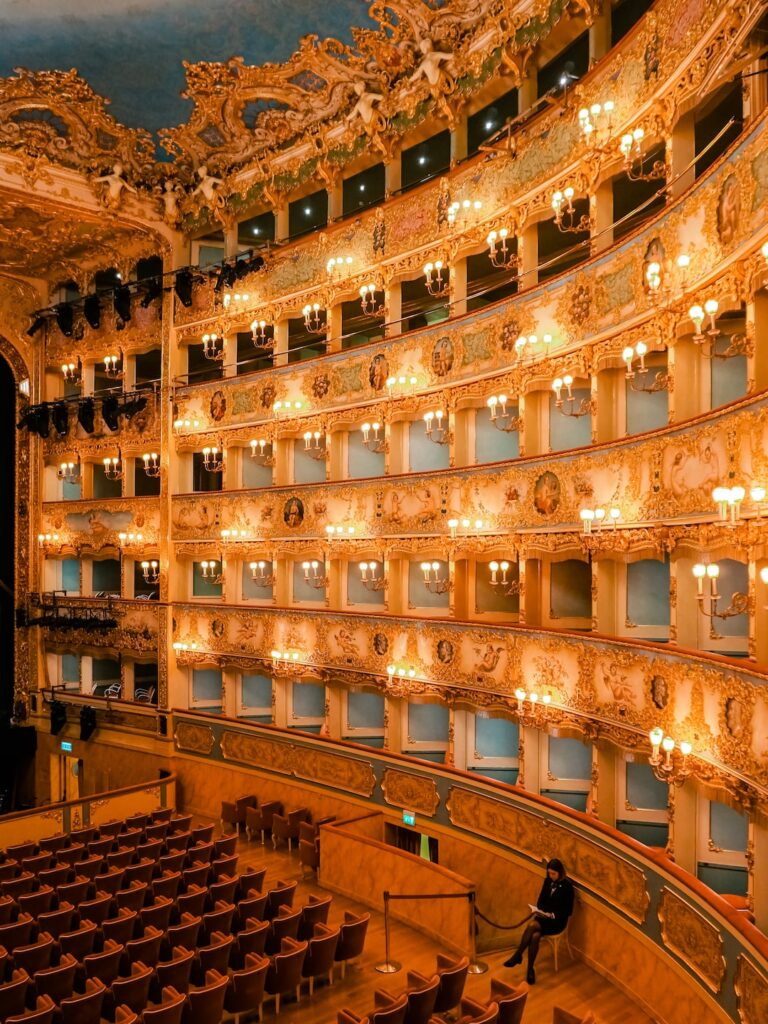
Despite the misfortunes, the judicial issues, and the fire, the Fenice was simply too important to fail. It didn’t take long until its fame expanded beyond Venice’s and Italy’s borders. Important productions and iconic composers saw their work presented on the theater’s stage, and it didn’t take long until the theater became famous in Europe.
To name but a few, some of the works presented on the Fenice were Rossini’s “Tancredi” in 1813, Bellini’s “I Capuleti e i Montecchi” in March 1830, Donizetti’s “Belisario” in 1830. The fire of 1836 slowed down its frenetic rise, but in 1844, Giuseppe Verdi’s “Ernani” premiered –La Traviata and Rigoletto followed.
Visconti’s photos and the 1996 fire
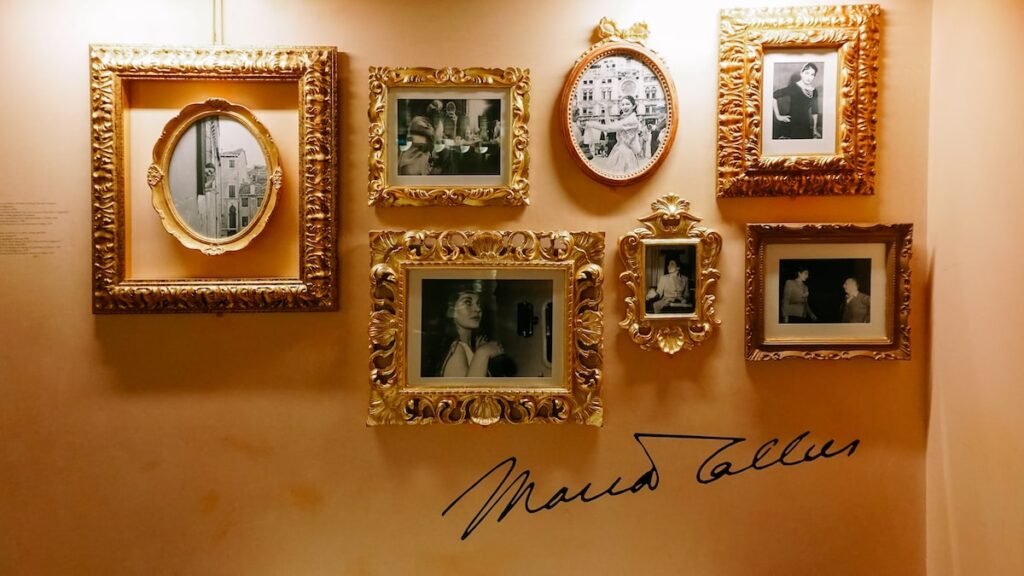
As you’ve already read, the theater was severely destroyed in the fire of 1996. The project of restoring La Fenice Opera was a large-scale challenge, and it took eight years to complete. Architect Aldo Rossi led the renovation under the motto “How it was, where it was” and delivered the theater you can visit today.
To achieve the 19th-century style of the building, Rossi used -among other information- still photos from Visconti’s Senso. This 1954 film by the iconic Italian director was filmed in the Fenice, and the stills largely contributed to the building’s successful restoration to its old style.
Between 1996 and 2004, Fenice’s orchestra moved to the nearby Malibran Theater. Since its reopening, every year on January 1st, there’s a New Year Concert in the theater. It’s hard to get tickets, but it deserves trying.
Every element is a piece of art
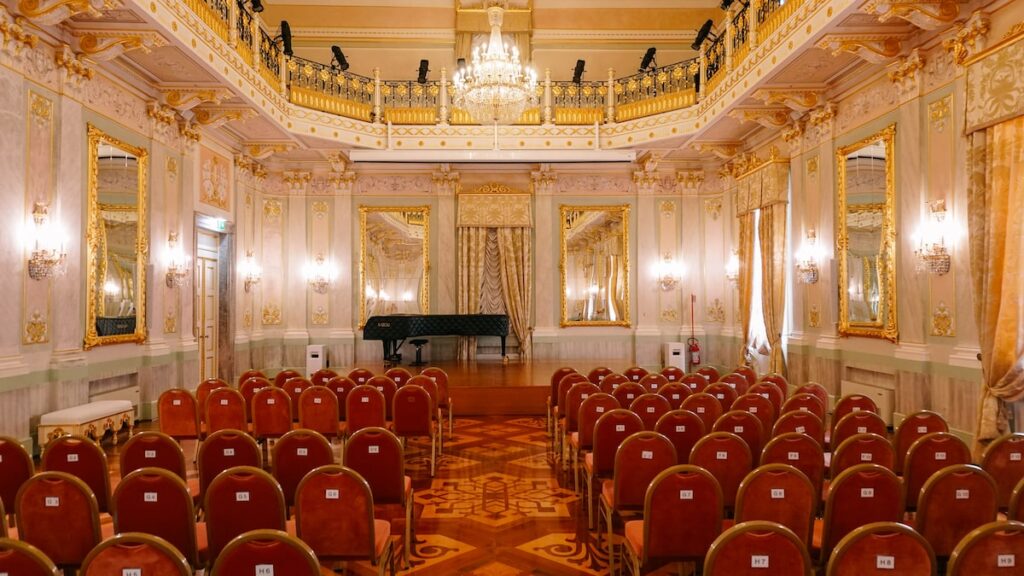
The truth is that the building of La Fenice at Campo San Fantin feels pretty modest compared to its interior. However, all its elements hold artistic and historical significance, so here you can find some info about the building’s sections.
La Fenice Façade
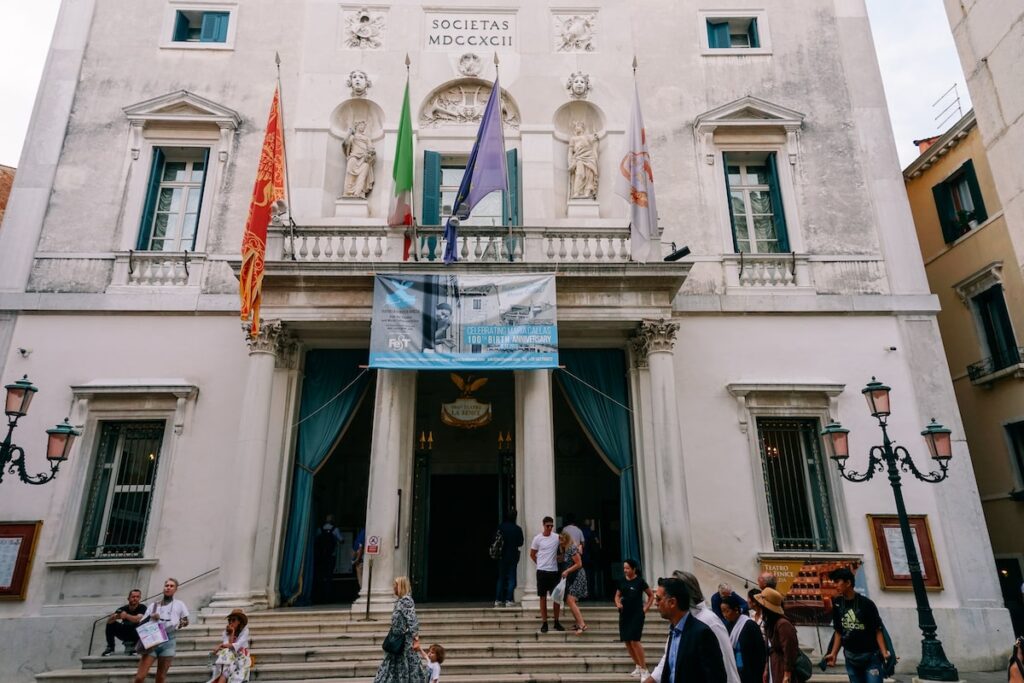
The facade survived the fires and features a neoclassical sign. Straight above the front door, you can see the theater’s emblem, the Phoenix, in blue and gold. In terms of architecture, the facade has a neoclassical style, too.
Foyer
The Foyer serves as the entrance to the main theater and was enlarged in 1937. Several original elements survived the fire of 1996, and when visiting the Fenice, it is the first hall you’ll see.
The Theater
That’s the main auditorium and the reason why most people visit La Fenice. It is an impressive Rococo theater and has a seating capacity of 1,000. Decorated with forest motifs and golden acanthus leaves, it is an architectural gem. The seats feel tight, but their pink velvet style makes an impression.
Royal Box
The Royal Box was not part of the original plan but quickly became a symbol of political and historical events. Initially built for Napoleon in 1807, it was later reconstructed and decorated with symbols of the Italian royal family, which are still visible today.
Sale Apollinee
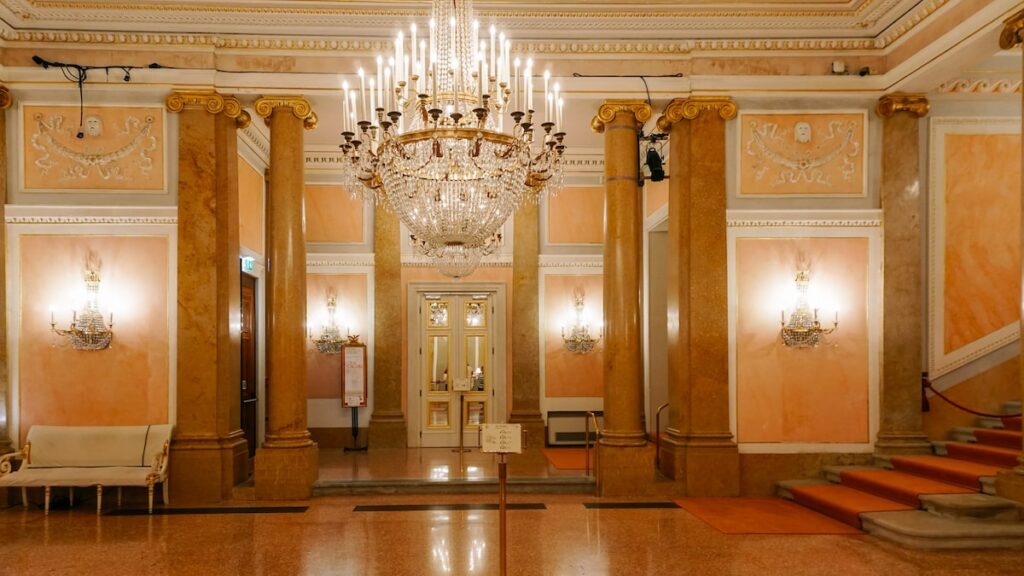
Dedicated to the Greek god Apollo, the Sale Apollinee consists of five rooms now used during intervals. Parts of these rooms survived the 1996 fire, with fragments highlighting the distinction between historic sections and recent additions.
The Sala Dante
The name of the Sala Dante derives from the frescoes by Giacomo Casa, depicting scenes from Dante Alighieri’s Divine Comedy. Although the 1996 fire destroyed most of the originals, some fragments survived.
Sala Grande
The main ballroom was almost entirely destroyed in the 1996 fire. However, it has been faithfully reconstructed to its original model. Used for various purposes over the years, including balls and chamber music concerts, it features a reconstructed floor with characteristic floral patterns.
The New Rooms of La Fenice
The extensive Fenice reconstruction allowed the addition of three new rooms. These rooms contribute to the modern needs of the theater without betraying its historical elements.
How you can visit La Fenice Opera House in Venice
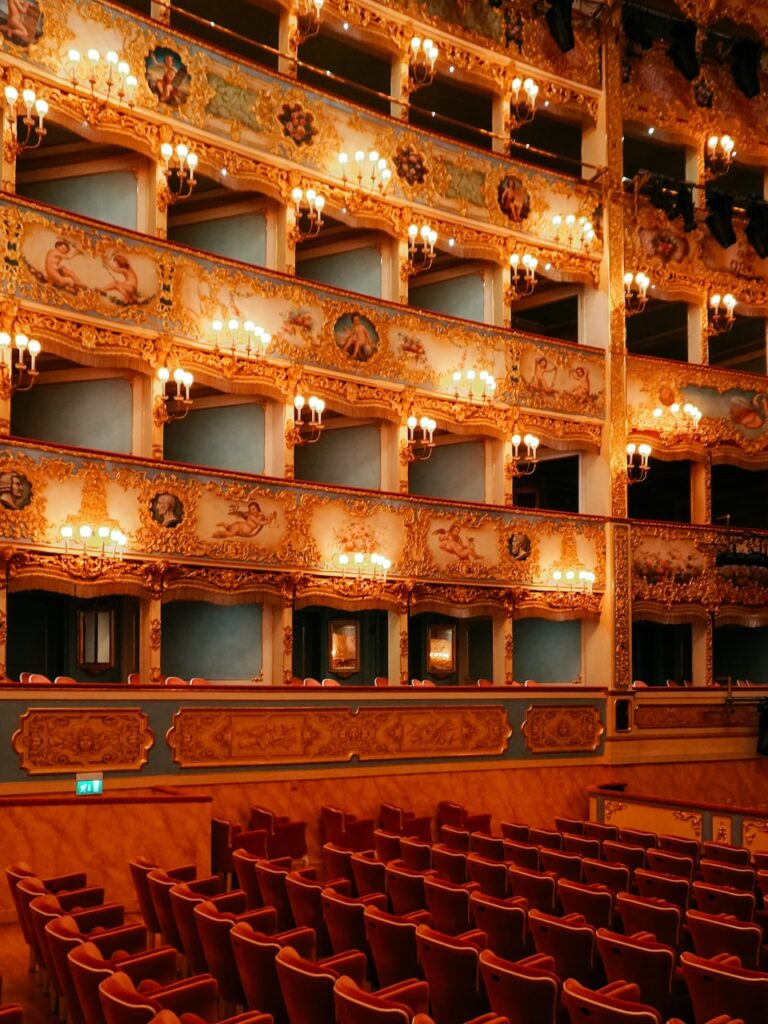
I strongly recommend a visit to the Fenice Opera House. As I stated in the opening line of this article, you don’t have to be an opera lover to appreciate its beauty and charm. Even if you just want to visit the theater to shoot photos, I encourage you to do so. Therefore, in this subsection of the Fenice guide, I’ll share how you can visit the theater and make the most of your time.
La Fenice audio guide tour
That’s the easiest way to visit La Fenice. After reaching the theater, you can acquire a ticket and an audio guide to help you navigate the opera rooms. To avoid long queues, you can also pre-book a ticket here and wander straight after entering. The ticket is valid for the entire day, which means you don’t have to pre-book a timeslot and stress for being on time.
And here’s a Fenice tip for visitors: bring your passport! You’ll be asked to hand over your passport when receiving your audio guide -and you’ll get it back after concluding the tour.
La Fenice private tour
If you’d like to learn more about the opera house and understand in depth its significance, you can also join a guided tour. Your tour guide will share background info and stories that you won’t be able to find online or elsewhere. These tours are a great option for people with a genuine interest in architecture and opera. Moreover, their price is moderate, and they currently cost 25 euros.
You can book a private tour of the theater here.
La Fenice shows
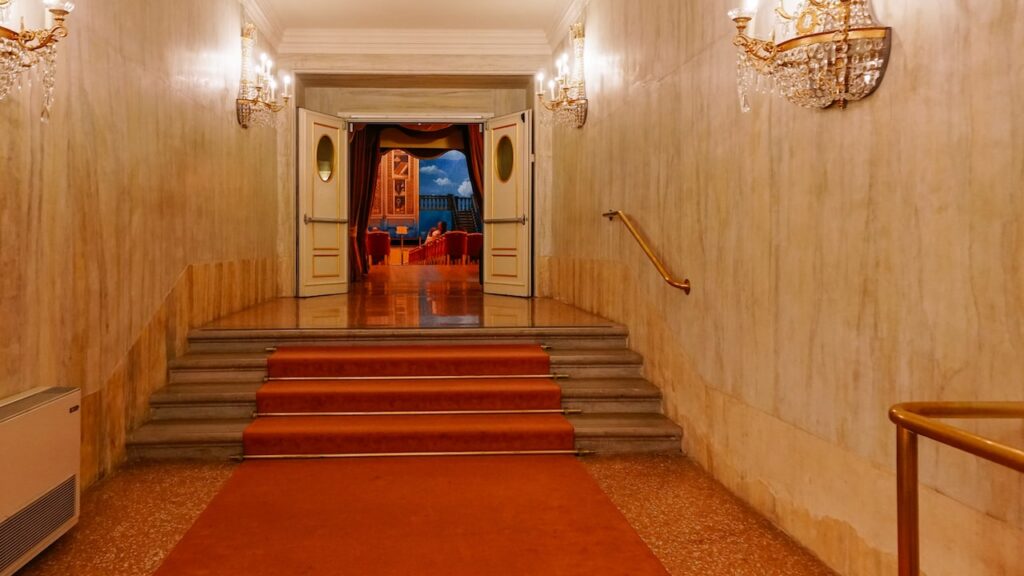
Finally, if you are a true opera lover and don’t mind spending some cash, the Fenice presents world-class operas on its stage. Although the tickets are steep, watching an opera at La Fenice in Venice is an unforgettable experience. I still remember attending a show in 2008, and it’s a memory that won’t fade away.
As a rule of thumb, I would advise you to book your opera tickets for La Fenice the moment you book your flights to Venice. As you can easily imagine, the tickets sell out fast. Some tickets are moderately priced, but you should expect high prices, especially a few days before each show.
You can check the current shows on the theater’s website.
La Fenice Opera House in Venice, Italy: Conclusion

Known for its architectural beauty and fine acoustics, La Fenice (see the theater on Google Maps) is still one of the most legendary European opera houses. It doesn’t matter if you have a genuine interest in opera or want to see its mindblowing interior up close: La Fenice will fascinate you anyway. Adding the iconic theater to your bucket list is a must, and visiting it when in Venice will undoubtedly enrich your stay. Why?
Well, this theater survived three fires and is still a leading institution for opera lovers worldwide. Every step you take will expose you to the turbulent history of this opera house. Moreover, it’s an immersive experience of Venice’s old times. Despite its size, the theater feels pretty compact, and you can see most of its room in an hour. It’s a fantastic experience and a must-do for your journey to the floating city.
More about Venice: How to book a Venice gondola ride, Vaporetto guide, Ponte dell’Accademia, Lido Guide
Pin it for later
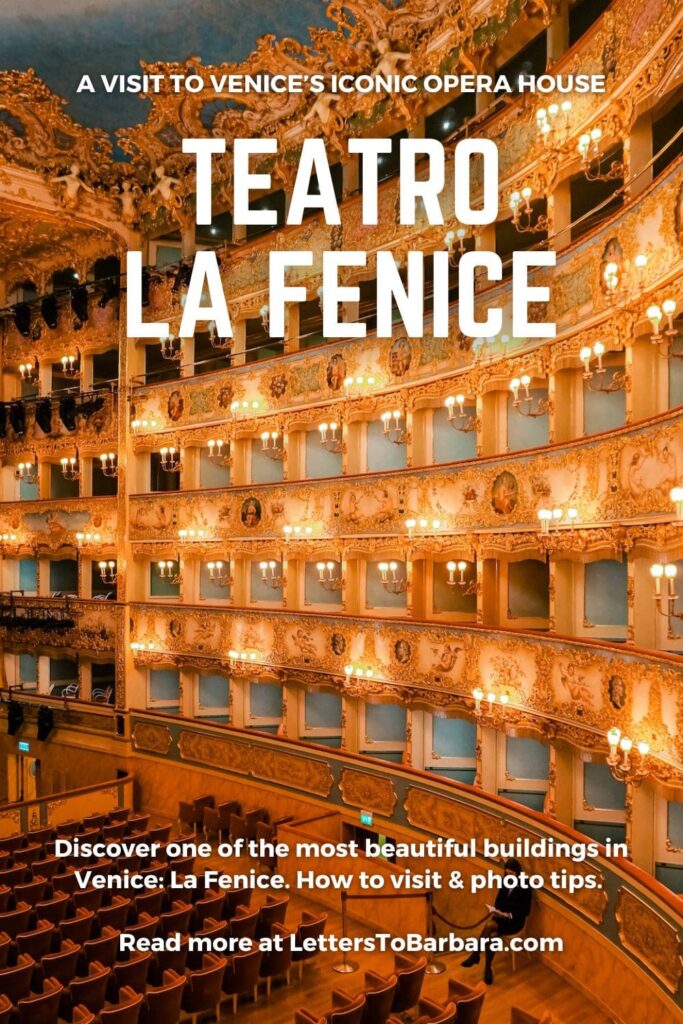
Sharing is caring. Share this guide to La Fenice Opera House Venice with your friends.
Last Updated on February 3, 2024 by George Pavlopoulos



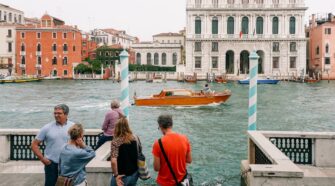
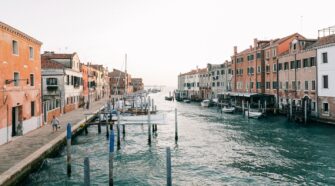
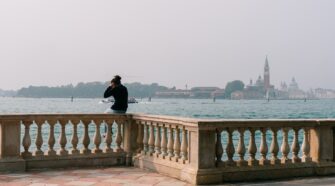
No Comment